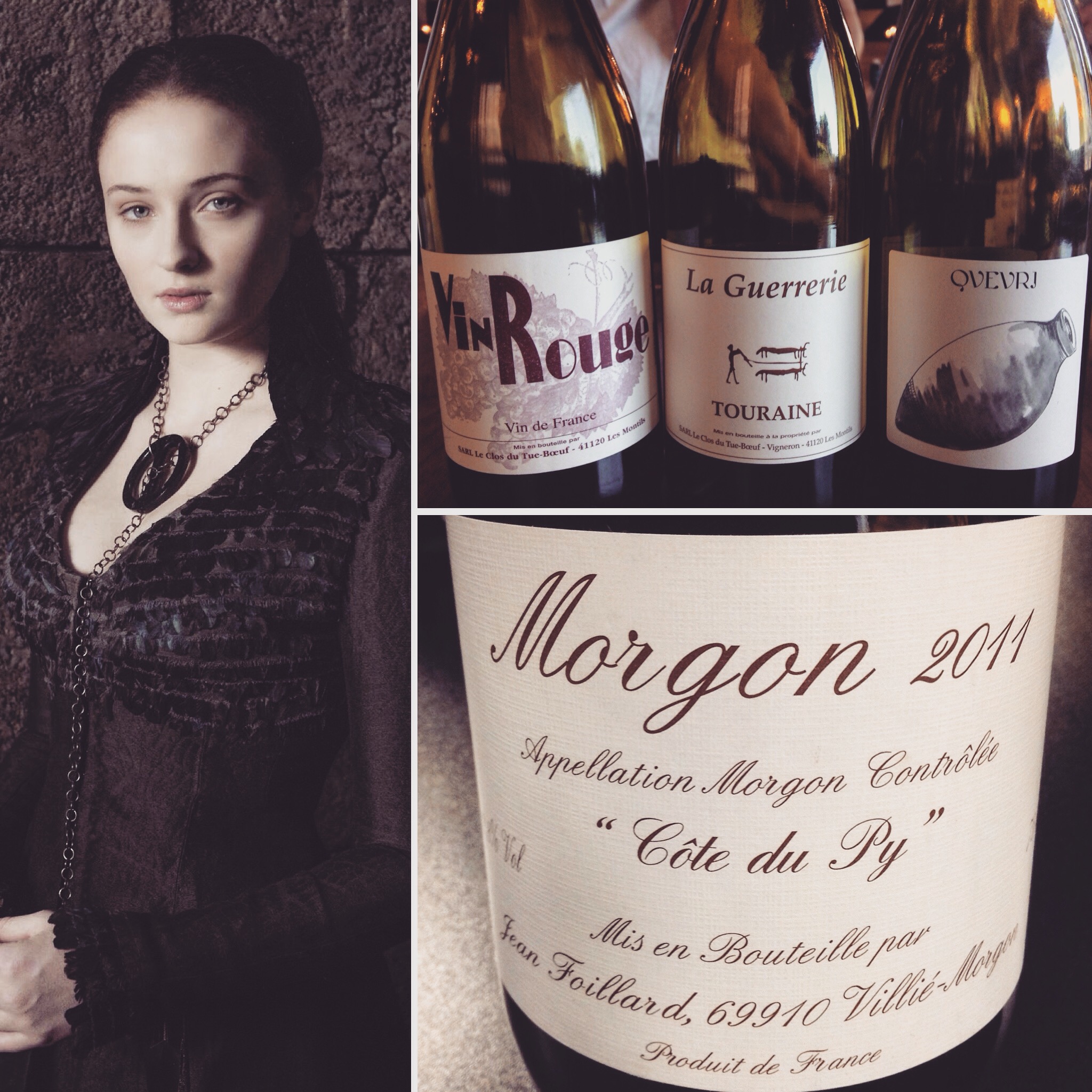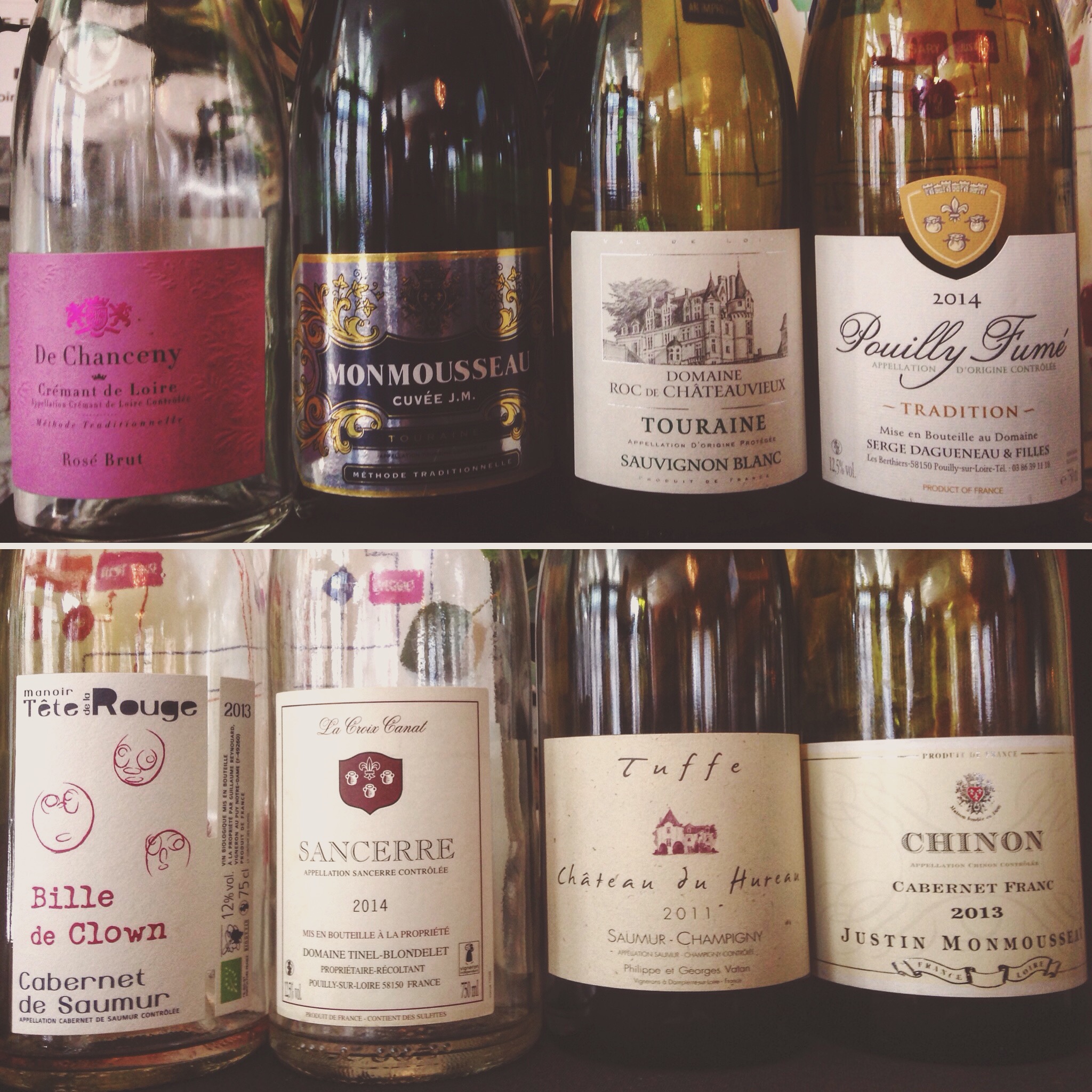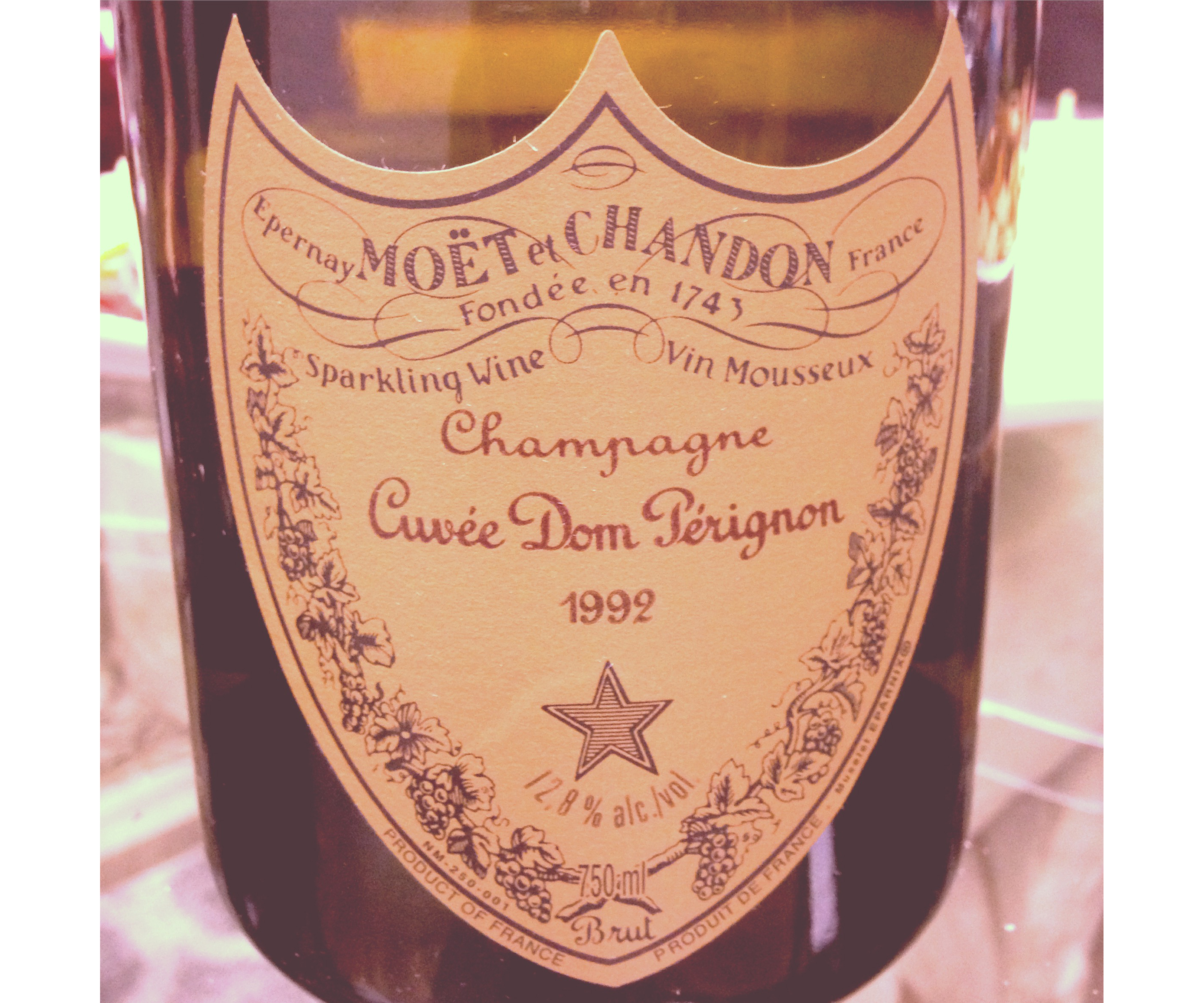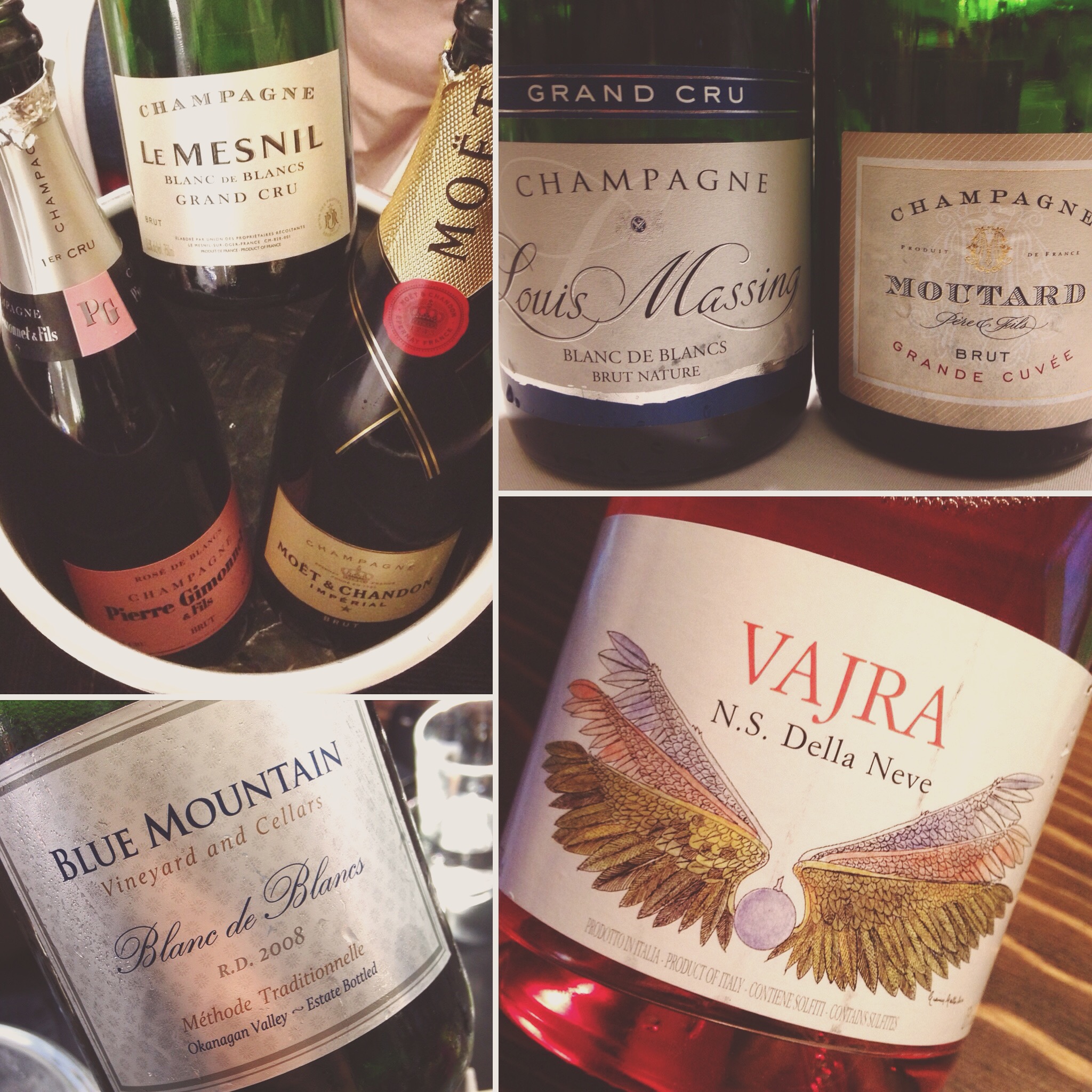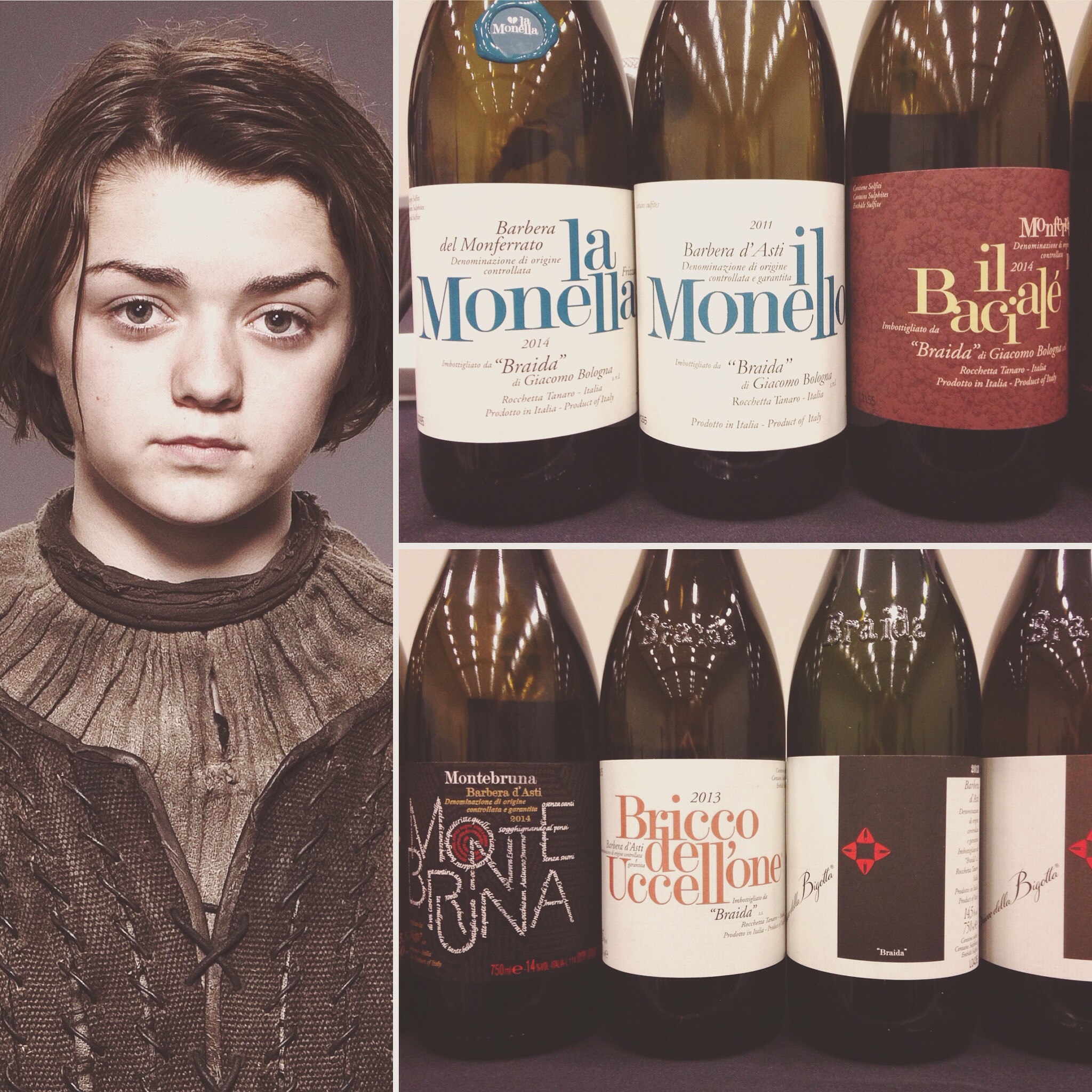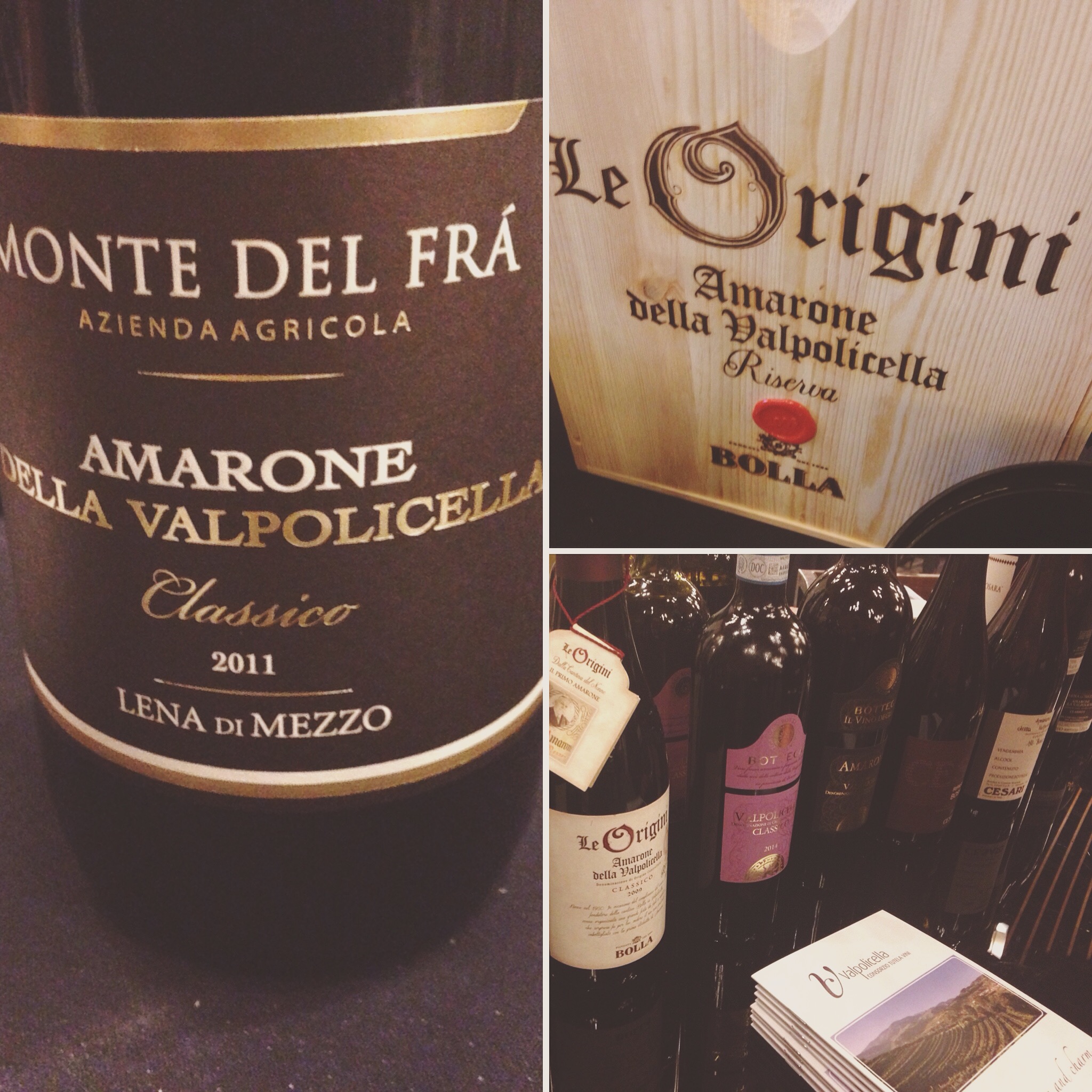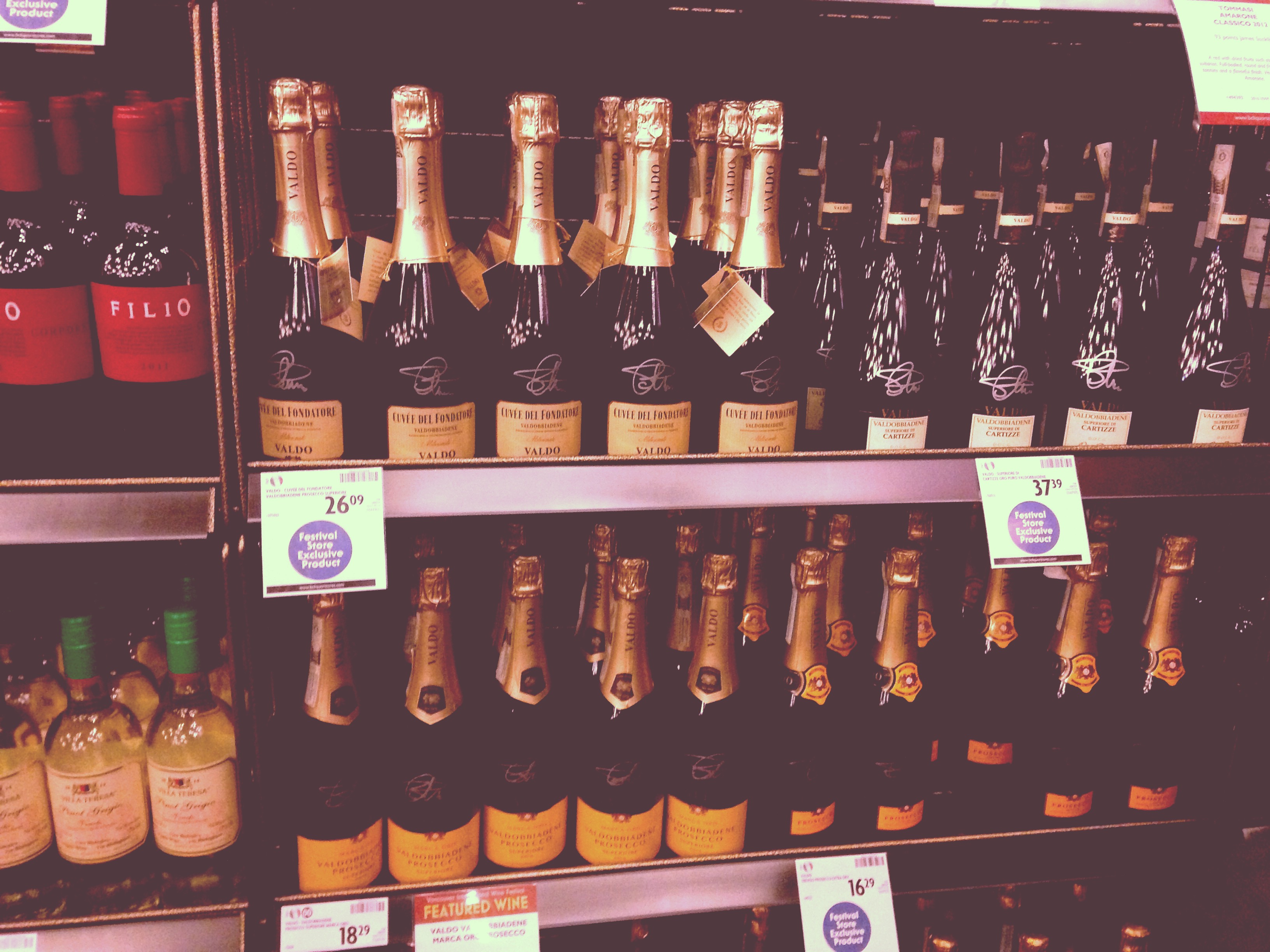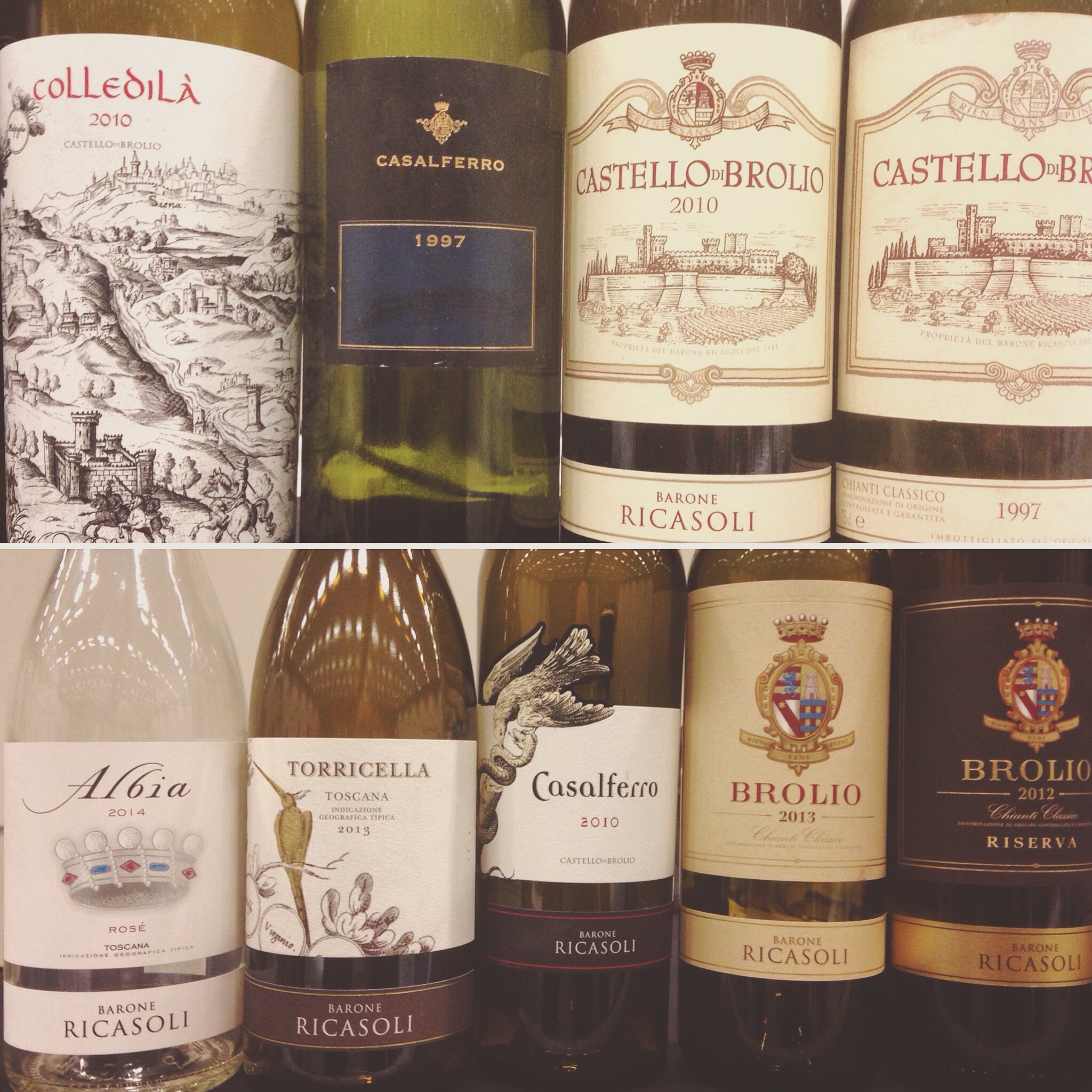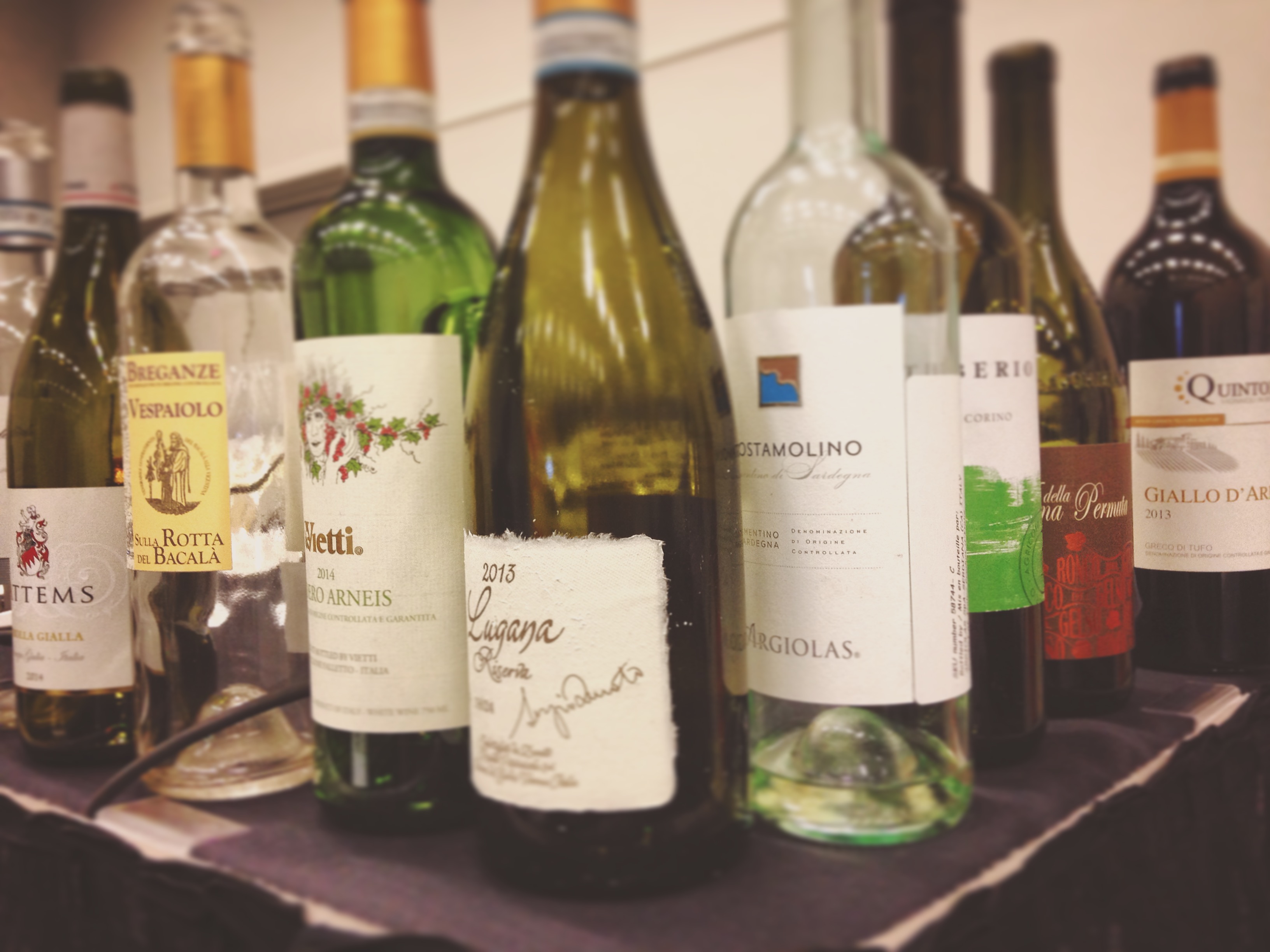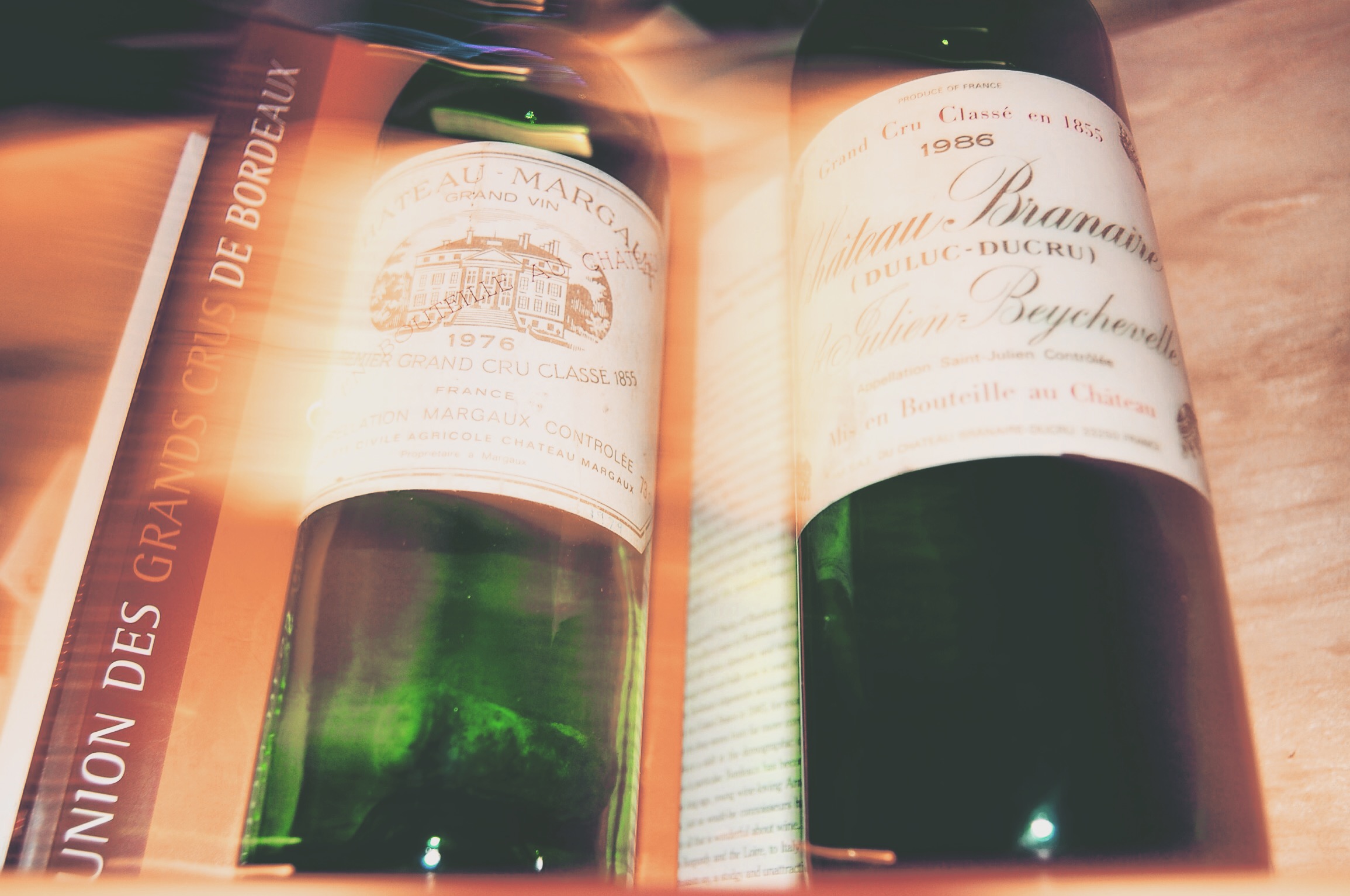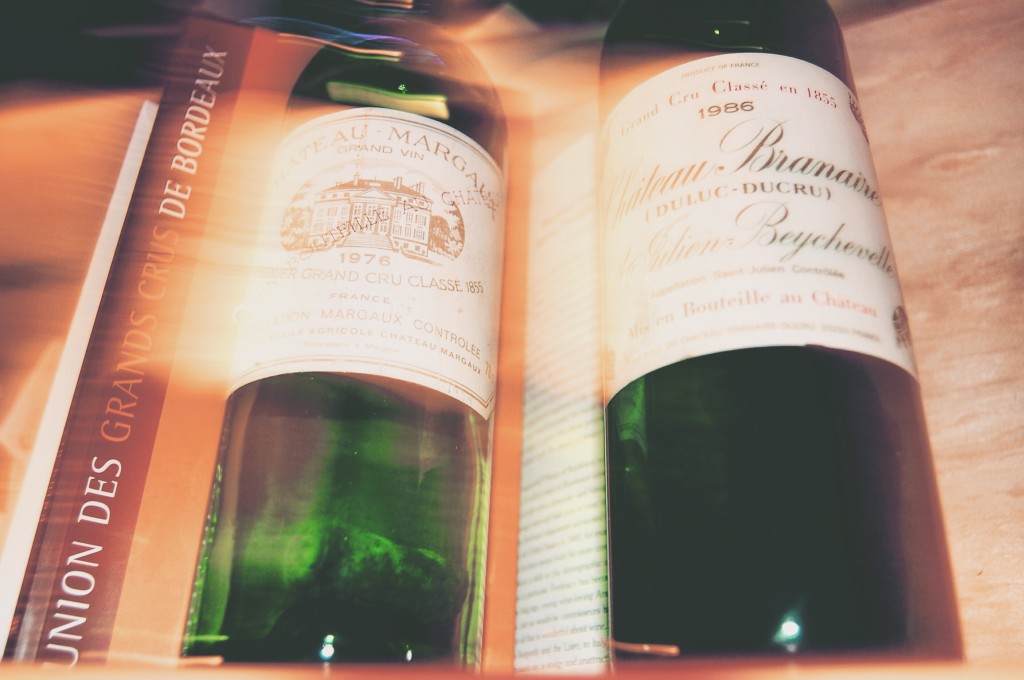(The night is dark and full of small spoilers. Tread carefully past the picture for the wines!)
I mention Beaujolais to people – in the same way that I might bring up Sansa Stark in a Game of Thrones discussion – and I watch as faces crinkle before I make my case for the dark horses.
Gamay is a red grape that hails from the Beaujolais region in France (and Sansa hails from Winterfell, but you knew that), and it’s fashionable to dislike Beaujolais. The ditzy Beaujolais Nouveau variations of the 1970s and 1980s – all laden with pear drops, banana, and bubble gum flavours from carbonic maceration – once represented half of all Beaujolais sold. It’s since dropped to around a third, but I find that a large fraction of consumers can’t seem to shake the image of what might be the essence of season 1 Sansa.… read more
